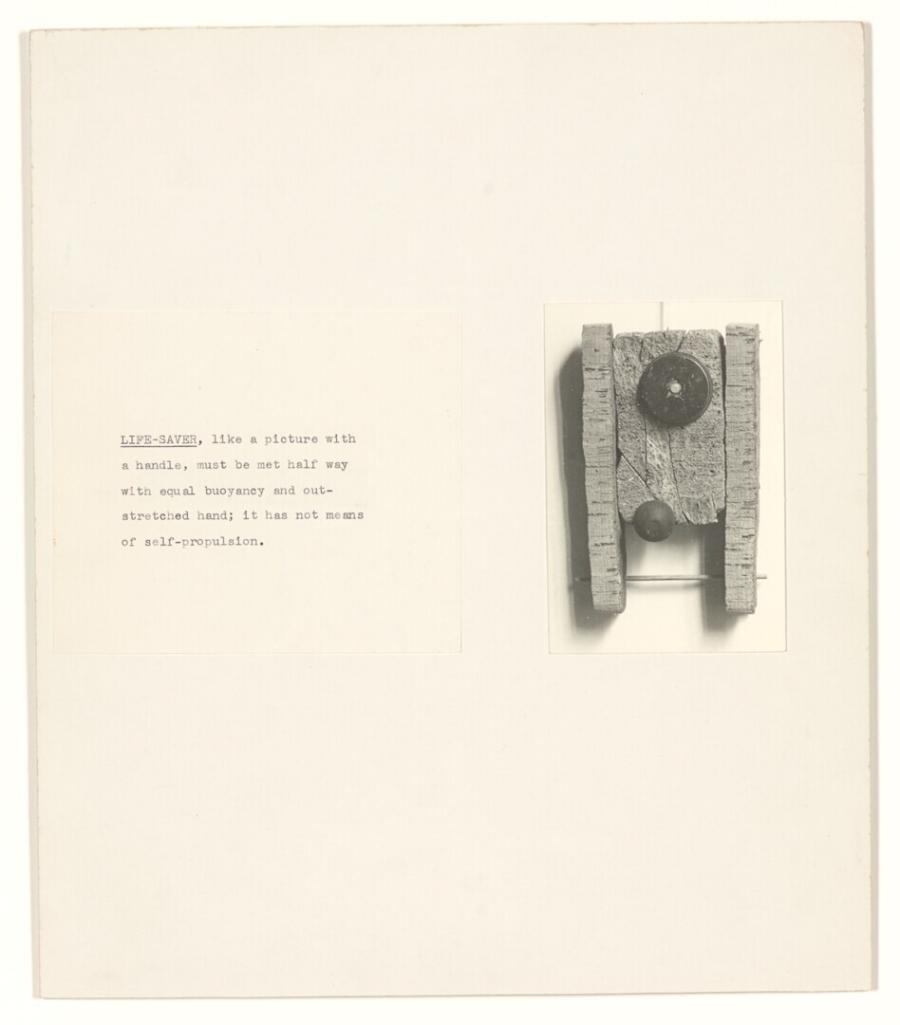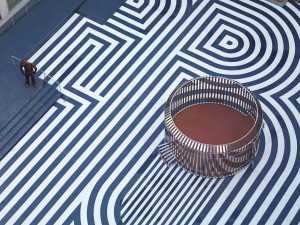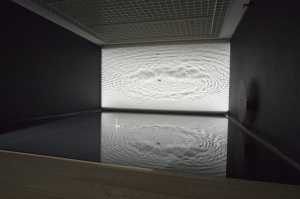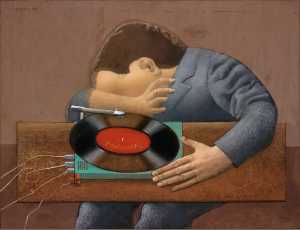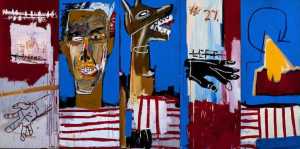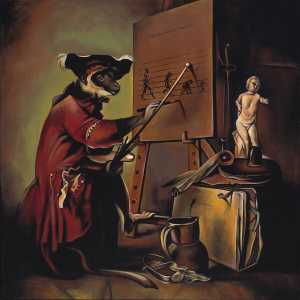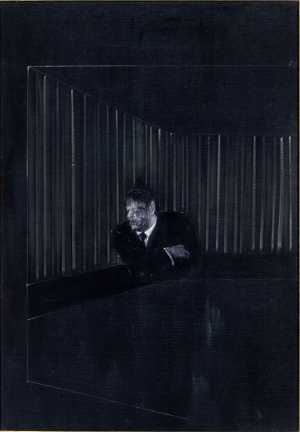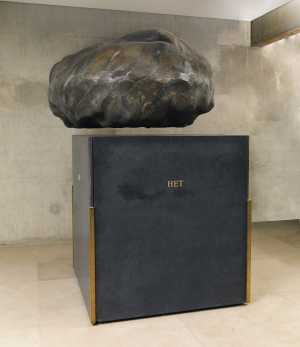Specifications
| Title | Life Saver |
|---|---|
| Material and technique | Vintage gelatin silver print on fibre-based paper, typewriter ink on paper, on cardboard |
| Object type |
Photograph
> Two-dimensional object
> Art object
|
| Location | This object is in storage |
| Dimensions |
Height 12 cm Width 8 cm |
|---|---|
| Artists |
Artist:
Man Ray
|
| Accession number | 3754 (MK) |
| Credits | Purchased with the support of VriendenLoterij, 2014 |
| Department | Modern Art |
| Acquisition date | 2014 |
| Creation date | in 1944 |
| Entitled parties | © Man Ray Trust / ADAGP, c/o Pictoright Amsterdam 2018 |
| Provenance | Private collection, Paris; Galerie Johannes Faber, Vienna |
| Exhibitions | New York 2009-2010; Rotterdam 2014b |
| Internal exhibitions |
Brancusi, Rosso, Man Ray - Framing Sculpture (2014) Surrealism and Beyond (2016) |
| External exhibitions |
Dal nulla al sogno (2018) |
| Research |
Show research A dream collection - Surrealism in Museum Boijmans Van Beuningen |
| Literature | Schwarz 1977, pp. 155, 215-16, fig. 257; Man Ray/Martin 1983, p. 86 |
| Material | |
| Object | |
| Technique |
Gelatine silver print
> Bromide print
> Photographic printing technique
> Mechanical
> Planographic printing
> Printing technique
> Technique
> Material and technique
|
Do you have corrections or additional information about this work? Please, send us a message







